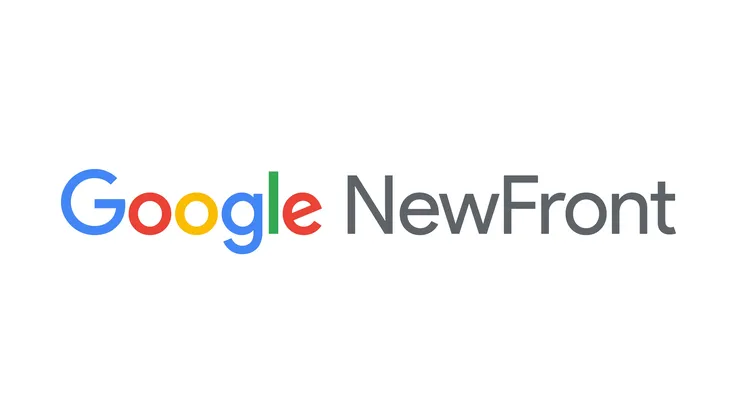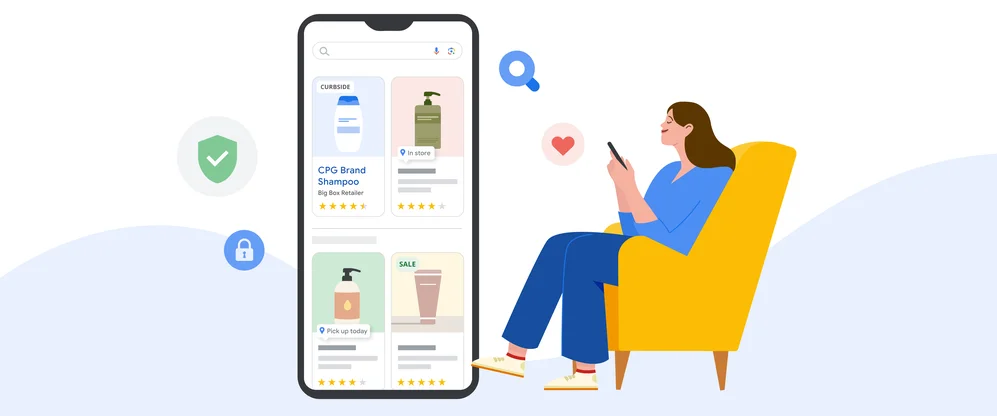How to Apply Holiday Shopping Insights to Your Analytics Strategies
The Year of the Supershopper
We all have that friend — the one who somehow knows the latest brands, the season’s must-have products, and where to find the best deals at the snap of a finger. In years past, this friend was an enigma, making us wonder how does he or she do it?
Today, we can all be that friend. With the ability to instantly discover, research, and purchase, shoppers around the world are more informed and more efficient than ever before - they’ve transformed into supershoppers seemingly overnight.
But what defines supershoppers? And what does this mean for retailers trying to win them over this holiday season? Let’s find out.
They Keep Their Options Open
Last year, more than 50% of holiday shoppers said they were open to purchasing from new retailers1. This is especially true online. More than three-quarters of smartphone shoppers who usually go to the same physical stores when they shop for products are very open to new retailers and brands online2. Why? Mobile makes it easy to explore all of your options no matter when or where you’re shopping. In fact, after searching on Google, 76% of mobile shoppers have changed their mind about which retailer or brand to purchase3.
Mobile is Their Muse
It used to be that shoppers would thumb through catalogues or stare longingly at the holiday window displays, but mobile is now the super shopper’s go-to source for inspiration. Sixty-four percent of smartphone shoppers turn to mobile search for ideas about what to buy before heading into a store4. And 1 in 4 mobile video viewers in the U.S. have visited YouTube for help with a purchase decision while they were at a store or visiting a store's website5.
But shoppers aren’t only making purchase decisions, they’re discovering new brands and products along the way: more than half of smartphone users have discovered a new company or product when conducting a search on their phones6.
They Want the Best - Not the Cheapest
In July we learned that shoppers are on the quest for the best — and this still rings true more than ever today. Last holiday, mobile searches related to “best gift” grew 70% year over year while mobile searches related to cheap or inexpensive gifts grew about 35%7. They’re also willing to do the research to the make the best decision: on YouTube, mobile watch time for product review videos has grown 60% year over year8.
But supershoppers don’t only want the best - they want personalized, unique, cool gifts. Mobile searches related to “unique gifts” grew more than 65% while mobile searches related to “cool gifts” grew a whopping 80%9.
Mobile is Their Door to the Store
Although more and more people are willing to buy on mobile, we know that mobile is still used predominantly as a door to the store. In fact, 76% of people who search for something nearby on their smartphone visit a related business within a day, and 28% of those searches result in a purchase10.
Once they’re inside your store, they expect the experience to be a seamless one: more than 40% of smartphone shoppers want retailers to automatically surface relevant information such as the location of the item in the store, a special deal or related products11.
They Shop ‘Til they Drop
Supershoppers live up to their name as the holiday season progresses. From November through mid-December we see online conversion rates increase across devices. Last year, on mobile alone, they jumped 30% on Black Friday and 50% on Cyber Monday when compared to November 112.
Tips to Using Analytics to Reach Today’s Shopper
Analytics is a critical marketing tool all year long. But that importance is amplified during the holiday season. Here are five ideas on how you can use analytics to get the most out of the holiday shopping season.
1. Understand which days drive the most sales — be there. In order to develop a successful holiday retail strategy, it’s important to first understand the days that drive the most sales for your business. Once you understand this, you can craft strategy — across mobile, desktop, and tablet — that optimizes your media and promotion not only for these days, but for the entire holiday season.
For example, adjust bids for auction-based media and use the lift in transaction rates over the average transaction rate as your bid multiplier. Use Smart Bidding in Adwords or DoubleClick Search to maximize your performance.
2. Get personal when engaging with window shoppers. The great thing about the holidays is that you can start shopping at any time — and then wait for discounts. Many consumers may already be browsing your site looking for gift ideas. This is an audience that may convert at a higher rate. Use Google Analytics to create remarketing lists including these shoppers, and then customize your marketing campaigns to better suit their needs.
But don’t stop there: Remember, supershoppers crave personalization. Test different variations of your website with this same audience to offer more customized experiences. Try Google Optimize, our free site testing and personalization tool, to get started.
3. Act fast: Create a culture of optimization. Your holiday marketing plans are set long before the holiday season starts. It’s very important to monitor your activities to ensure they’re driving business growth. And if they’re not you need to take action by immediately identifying areas of opportunity and improvement.
Google Analytics offers a number of ways to help simplify reporting, sift through data, and spotlight insights for you. Custom reports, dashboards and shortcuts all let you customize reporting so you spend less time looking for data and more time analyzing important information. Or better yet, try Google Data Studio and create a holiday shopping dashboard for different teams in your organization.
4. Analyze your performance against your competitors. Benchmarking your business against your competitors helps you see the big picture. If you’re a Google Analytics user, you can tailor this analysis and approach, using your own data and the data available in our benchmarking reports. The benefit of using those reports is that they will provide you a comparison between your data and your competitors, using characteristics such as website traffic, country and detailed vertical information.
5. Start developing your New Year marketing strategy. With so many new shoppers entering your stores, sites, and apps, data and analytics are critical to helping you convert first-time shoppers into long-term, loyal customers. Use your website data to create lists of first-time customers during the holidays, and deliver personalized communication across channels to build relationships. With Google Analytics you can create remarketing lists and easily connect with this audience.
Happy analyzing!
2. Google/Euromonitor International, Micro-Moments Survey, US, July 2016, Smartphone shoppers = 1000, Same store shoppers = 801
3. Google/Euromonitor International, Micro-Moments Survey, US, July 2016, Smartphone shoppers = 1000
4. Google/Euromonitor International, Micro-Moments Survey, US, July 2016, Smartphone shoppers = 1000
5. Google-commissioned Ipsos Brand Building on Mobile Survey, U.S., December 2015 n=1000, 18-54 year olds
6. Google/Ipsos, "Consumers in the Micro-Moment," Wave 3, U.S., n=1291 online smartphone users 18+, August 2015
7. Source: Google Search Data, Apparel, Home & garden, Beauty & personal care, Computers & electronics, Gifts, Toys & games, Photo & video, Nov-Dec 2014 vs Nov-Dec 2015, United States
8. YouTube data, U.S., Classification as a “Product Review" video was based on public data such as headlines and tags, and may not account for every such video available on YouTube, Nov - Dec 2014 and Nov - Dec 2015
9. Google Search Data, Apparel, Home & garden, Beauty & personal care, Computers & electronics, Gifts, Toys & games, Photo & video, Nov-Dec 2014 vs Nov-Dec 2015, United States
10. Google/Purchased Digital Diary: How Consumers Solve Their Needs in the Moment, May 2016, Representative sample of US Smartphone users = 1000. Local searchers = 634, Purchases = 1,140
11. Google/Euromonitor International, Micro-Moments Survey, US, July 2016, Smartphone shoppers = 1000
12. Google Analytics Shopping category data, Nov 1, 2015–December 14, 2015, United States











